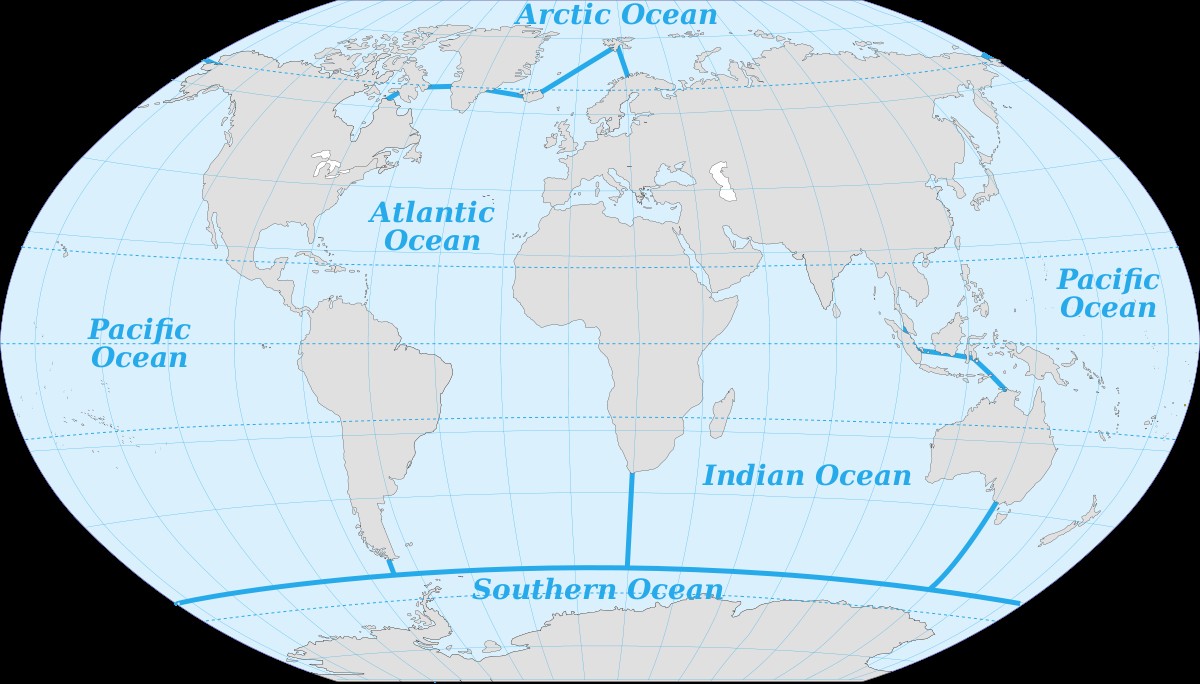The Earth is often called the “blue planet,” and for good reason. A staggering 71% of its surface is covered in water, leaving only 29% for land. But just how much more ocean is there compared to land? Let’s explore the vastness of our planet’s oceans.
The Ocean’s Dominance: A Numerical Perspective
The oceans cover a massive 361 million square kilometers (139 million square miles). To put that in perspective, imagine spreading out all the Earth’s landmasses; you’d still be left with an average ocean depth of approximately 2,700 meters (9,000 feet). This incredible volume of water, about 1.37 billion cubic kilometers, dwarfs the amount of land on our planet.
The distribution of ocean versus land isn’t uniform across the globe. The Southern Hemisphere is significantly more aquatic, with oceans covering 81% of its surface area. In contrast, the Northern Hemisphere has a more balanced split, with oceans covering 61%.
The Five Major Oceans: Pacific, Atlantic, Indian, Arctic, and Southern
While historically only four oceans were recognized (Pacific, Atlantic, Indian, and Arctic), the Southern Ocean, encircling Antarctica up to 60°S latitude, has gained recognition as the fifth. Although some countries still debate its distinct classification, the Southern Ocean boasts unique characteristics that warrant its separate status.
The Pacific Ocean reigns supreme, not only as the largest, nearly equaling the combined size of all other oceans, but also as the deepest. The following table provides a comparison of the area and average depth of each ocean:
| Ocean | Area (million km²) | Average Depth (m) |
|---|---|---|
| Pacific | 166 | 4282 |
| Atlantic | 87 | 3926 |
| Indian | 73 | 3963 |
| Arctic | 14 | 1205 |
| Southern | 20 | 4000 |


Water, Water Everywhere: Where Earth’s Water Resides
A staggering 97% of all the water on Earth’s surface is found in the oceans. The Pacific Ocean alone holds more than half of this global water volume. Here’s a breakdown of water distribution:
| Location | Percentage of Earth’s Water |
|---|---|
| Pacific Ocean | 52% |
| Atlantic Ocean | 25% |
| Indian Ocean | 20% |
| Ice Caps and Glaciers | 2% |
| Groundwater | 0.6% |
| Atmosphere, Lakes, and Rivers | 0.01% |
Depth Perception: Oceans vs. Land
The average depth of the world’s oceans is around 3,800 meters (12,500 feet), roughly four times the average elevation of land, which is about 840 meters (2,800 feet). The Mariana Trench’s Challenger Deep, plunging to a depth of approximately 10,920 meters (36,200 feet), stands as the deepest known point on Earth. In contrast, Mount Everest, the highest point on land, reaches 8,848 meters (29,028 feet). This means that Mount Everest could be entirely submerged in the Mariana Trench and still be covered by over 2 kilometers (1.2 miles) of water!
Conclusion: A Planet Defined by Water
The sheer volume and depth of the oceans underscore their dominance on Earth. Understanding the vastness of our oceans compared to land is crucial for appreciating the planet’s unique composition, its delicate ecosystems, and the importance of preserving these immense bodies of water.
